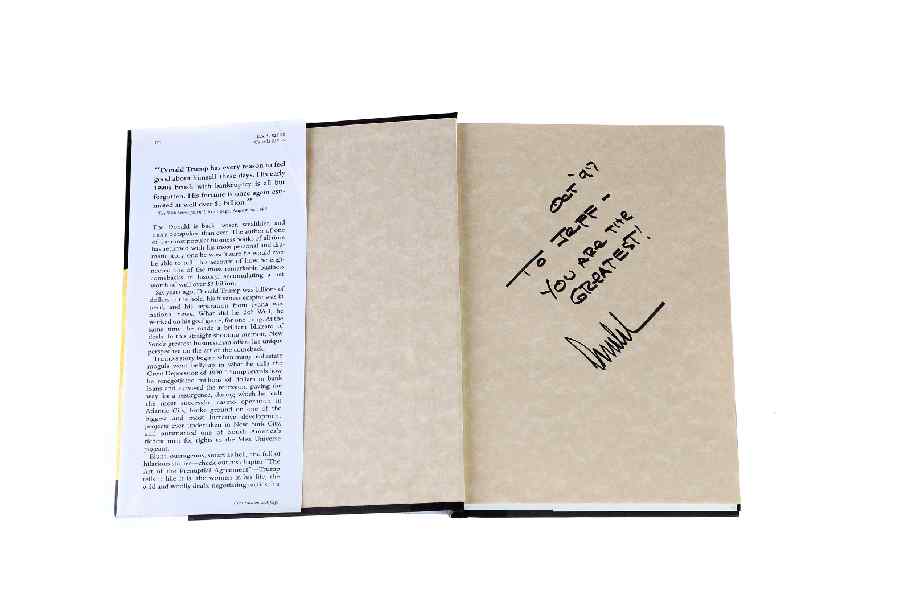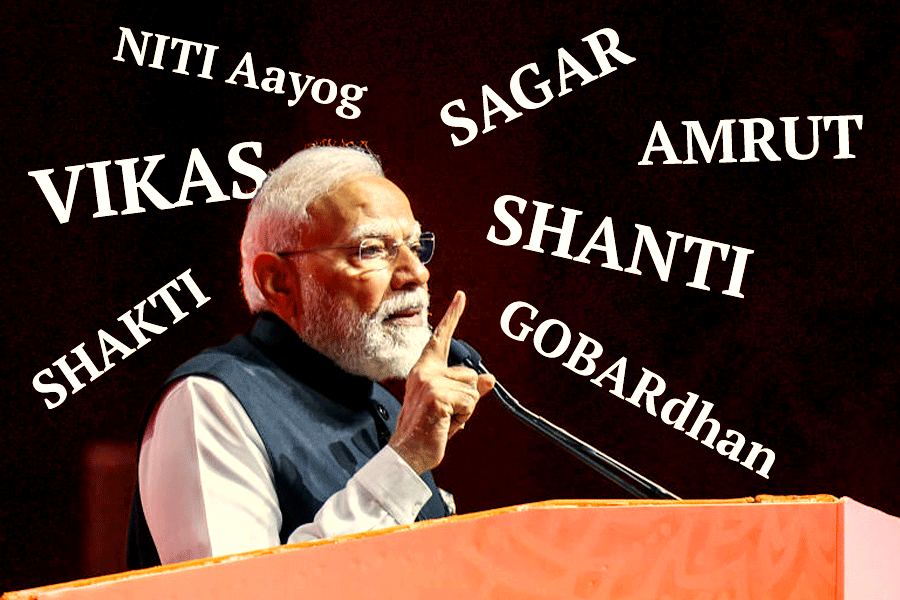|
|
It’s tempting, when writing a foreword to a writer’s work, to point out parallels between the age that the writer lived in and our own. Ted Hughes’s brilliant, concise preface to his own translations of Ovid comes to mind. Yet I wasn’t thinking of Hughes’s piece when I was wondering what to say about Kaliprasanna Sinha; I’d been reflecting on the strange and unexpected world he inhabited, an India and especially a Calcutta awaiting the imminent arrival of the bhadralok, a world inchoate and fairly recently created, already about to be subsumed under the bhadralok’s humane vision and his language. That subsuming, in Hutom Pyanchar Naksha, still hasn’t quite happened. Kaliprasanna is giving form to an anarchy and variety of life that is synonymous with the rise, from the early 19th century, of Calcutta as a colonial and global metropolis, a city as yet without a notion of a great modern author (although two great moderns, Kaliprasanna himself and Michael Madhusudan Dutt, and their principal literary offerings, have, by now, in 1861, just come into existence); without a fixed and recognizable notion of Bengali literature (Bankim Chandra Chatterjee, who was quick to notice Kaliprasanna’s idiosyncratic genius, would write “A Popular Literature for Bengal” nine years later, lamenting its absence); or even a safe, working idea of Bengali culture, such as we take for granted today. Tagore, at this moment, is a newborn. Everything is transient, confusing, uncertain, alive. It’s not a culture comprising canons, or great authors and oeuvres, but pictures, posters, bulletins, scandals, and fads (what Sinha, in Hutom, calls hujuk). It’s an age given shape and diversion and colour by the pat and the bat-tala press. Hutom isn’t quite yet, in the year in which it sees the light of day, part of a proper ‘literature’, as you and I understand that word.
In the last 20 years, we’ve been living — in India certainly; perhaps even globally — in a similar sort of universe. ‘High’ culture, even cult ure, has long lost its autocratic definition; it’s difficult to recall in any detail today what it meant to live, and to read and think, governed by its values. Literature as a practice that’s distinct and set apart from other practices is a faint memory. We abide in a perpetual present, in the grip of an astonishing range of ephemera, with no ambition toward, or awareness of, immortality. Our bat-tala press produces a range of magazines and journals and newspapers and horoscopes, and furnishes pirated copies of Booker Prize-winning bestsellers, self-help books, autobiographies of dictators and sportspeople, the stream of mysticism periodically emanating from Paulo Coelho, and, of course, it gives us Chetan Bhagat. They sit on pavements, the vendors who display these books in an unfurling fan or procession, not under the bat or banyan, but at a traffic light or near a restaurant on Park Street. The bat is globalization; its branches hang over them, and us, more palpably than any visible roof does. The language of the virtual (and virtual is more actual than the ‘real’ is today) market is English, as it used to be Bengali and Hindi in the unruly bazaars in North Calcutta in Kaliprasanna’s age. The ‘real’ markets, still indefatigably purveying fish and vegetables in Gariahat or at Lake Market, are part of this new, larger market of buying and selling — or they soon will be. And this world has its authors who can’t be contained by that anachronistic but persistent word, ‘literary’: again, Chetan Bhagat comes to mind. Bhagat isn’t a ‘popular’ writer in the sense given to us by modernity: that is, a writer who satisfies tastes and requirements that the more cultured, highbrow authors deliberately ignore. In the new bat-tala world of post-liberalization, post-Nehruvian India, with its embrace and affirmation of the evanescent, its teeming speculative activity, its impatience with the static and enduring, such dichotomies and contrasts don’t hold.
But Chetan Bhagat isn’t Hutom; he probably wouldn’t want to be. Bhagat’s concerns (from the little I’ve been able to deduce from lately dipping into his novels) don’t have to do with the intricacies and secrets of neighbourhood, or with the Hokkusai-wave-like assault upon the senses that the city comprises — what the modern, from the 19th century onward (indeed, from Samuel Johnson onward), generally calls ‘life’ — but with the urgency of storytelling; of, especially, fulfilling the task that Walter Benjamin said the novel performed in that time, of giving to the reader a likeness of himself. This Bhagat seems to do with élan, given the reader now is a call centre worker, or a young management diploma holder, or a saleswoman who has recently acquired a visa to move to the United States. But Bhagat uses language as if it were a transparent, non- resistant medium, as if it were giving him no trouble at all as he tells his tales. In his newspaper pieces, especially, where he writes about politics and society, his language, like his views, lacks individuality and pressure, and is almost — respectable.
What if we go back to three decades ago, to Salman Rushdie’s Midnight’s Children? Here is a new voice and a new language, in a book published eight years before the fall of the Berlin Wall, 10 years before economic liberalization in India, and prescient, in its way, of the energies to be unleashed. Yet its career, compared to Hutom’s, is decidedly literary. Published in 1981, it’s hardly noticed, and then, in one of those Arnoldian, disinterested acts of critical judgment, such as is hardly known in India today, and was known little in Kaliprasanna’s time, is called in by judges such as Malcolm Bradbury and Germaine Greer for consideration for the Booker Prize for Fiction. The Booker Prize itself, then, was still adjudicated on the lower slopes of Parnassus, and not yet arbitrated by comics, chefs, and former Tory cabinet ministers. What Kaliprasanna or Dickens would have made of the Booker Prize today is something we can only daydream about — I presume they would have portrayed its goings-on with alacrity. It’s a cliché to say that globalization turns the world into a village, or at least a small town; but it’s also true that to live in that small town entails a gradual dimming in our understanding of what the global or international really means, and a growth of paradoxically parochial preoccupations and excitements. “A great event has recently occurred in our parish...” says the narrator of Sketches by Boz, describing the election for the post of Beadle, “... which the country — or at least the parish — it is all the same — will long remember.” That “it is all the same” is what makes Dickens’s book, and Hutom, which pays homage to it, so telling: both Kaliprasanna and Dickens grasped the convergence of the global and the provincial peculiar to the time (as it is to ours — our Beadle’s election is the awarding of the Booker Prize and other such grandiose events) and made it so comic and unprecedented.
Kaliprasanna died too soon, in 1870, to witness the final, emphatic arrival of ‘high’ culture in Bengal. Yet ‘high’ culture was indubitably on its way into that part of the world just as he was on his way out. He cared deeply, with his precocious genius, for that ‘high’ cultural ferment, whether in Calcutta, or in Europe, in a way that his contemporaries had still not learnt openly to. But, like many elitists, he also had a true sense of the magic of the street, of the cultish and the transitory, of the low and disgusting, of the scurrilous bat-tala scandal sheets, of the non-verbal, of what Pound calls the “barbaric yawp”. He was not yet quite an author in the canonical sense — he was Hutom: all imagery and language, in a way that at once looks forward to the world of modernism, especially to the great novels about cities (Ulysses especially comes to mind), which increasingly abandon the notions of ‘character’, ‘description’, and ‘subject-matter’, and become predominantly an efflorescence of language, and also back to the world of anonymous observers and actors, the Kalighat patuas and, in other cultures, carnival singers. Both Bankim Chandra Chatterjee and, later, Buddhadeva Bose, value this confluence in Kaliprasanna, of a ‘high’ writer giving expression to the uncontainable chaos and richness of a vernacular or colloquial or ‘low’ stream. Bose, especially, bewails the vanishing of that legacy from the Bengali literature that would follow: of the setting aside of Kaliprasanna’s almost invented chalit language for Bankim’s equally invented, and inventive, sadhu bhasha. It’s the narrow window of time, with its peculiar confluences and disintegrations, in which Hutom occurs that makes its language and achievement so hard to translate; makes it, also, one of the first treasures of literary modernity. This new, ambitious, and compelling translation allows us to feel the pulse of the time and that author — we can call him nothing else — so that we may respond to what he says (breathlessly, briefly, unforgettably) of his age and our own.











